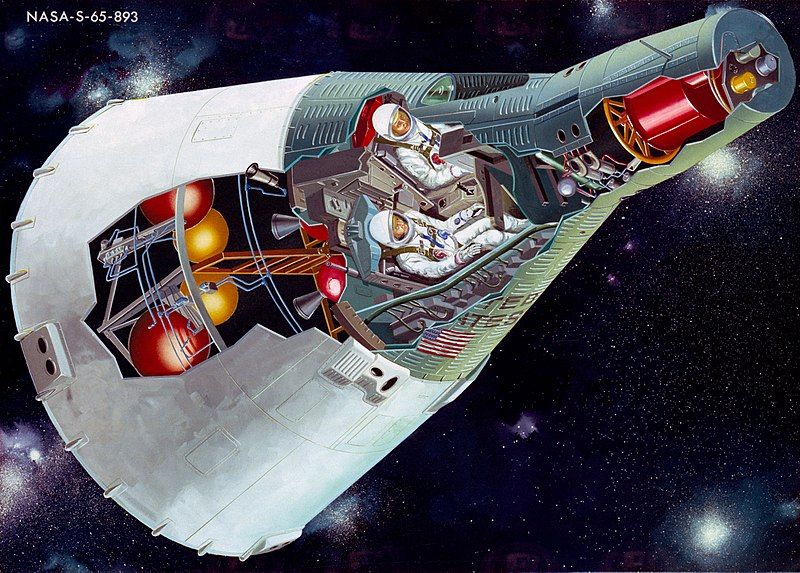
| Added | Fri, 11/09/2020 |
| Источники | |
| Феномены | |
| Версии |
In this informational article, we will talk about spacecraft or their components intended for launching a payload from orbit, as well as from an interplanetary trajectory, and soft landing on the surface of the Earth (or another celestial body).
Reentry vehicles may be part of a spacecraft that is flying in orbit (for example, an orbiter or an orbital station from which it separates before descent) or a spacecraft that is performing an interplanetary flight (for example, an automatic interplanetary station from whose flight module it separates before descent).
The payload of the descent vehicles can be people, experimental animals, stationary research stations, planetary rovers, etc.
Landers both in flight and on landing can be mistaken for UFOs (this applies to both "combat" sorties, as well as training and test flights). For this reason, within the framework of the site's theme, not only the variety of their forms shown in the gallery is of interest, but also the technologies used in their design, in particular, ways to reduce speed.
The main technical task of a soft landing is to reduce the speed of the spacecraft from space to almost zero. This problem can be solved in different ways, and often different approaches are used for the same device on different sections of the descent.
The first method of descent is called "motor landing" and is carried out using a rocket engine. It requires about the same amount of fuel on board the spacecraft as for launching this vehicle from the surface of the planet into orbit. Because of this, on celestial bodies with an atmosphere, rocket engines are used only at the initial stage of descent – for the transition from the space orbit (trajectory) to the descent trajectory, before entering the atmosphere – as well as at the final stage, just before touching the surface, to extinguish the residual velocity of the fall. When landing on the surface of a celestial body devoid of an atmosphere (for example, the Moon), this method is used throughout the entire descent trajectory as the only possible one.
With the rapid movement of the device in the atmosphere, the resistance force of the medium arises, which is also used to slow it down. This method is called aerodynamic and is particularly effective at supersonic speeds, so it is used for braking from space to speeds of the order of hundreds of meters per second. At lower speeds, parachutes are used, which in a dense atmosphere dampen the speed of the device to almost zero and ensure its soft landing on the surface of the planet.
Different trajectories of the vehicle's descent during aerodynamic braking are possible. Two cases are usually considered: ballistic descent and planning.
In a ballistic descent, the vector of the resultant aerodynamic forces is directed directly opposite to the velocity vector of the vehicle. The descent on a ballistic trajectory does not require control and therefore was used on the first spacecraft Vostok, Voskhod and Mercury.
An alternative to ballistic descent is planning. The outer body of the device in this case has, as a rule, a conical shape and a rounded bottom, and the axis of the cone is a certain angle (angle of attack) with the velocity vector of the device, due to which the resultant of the aerodynamic forces has a component perpendicular to the velocity vector of the device – the lifting force. Due to the operation of the gas rudders, the device turns the right side and begins to take off in relation to the incoming flow. Thanks to this, the vehicle descends more slowly, the trajectory of its descent becomes more gentle and long. The braking section stretches both in length and in time, and the maximum overload and the intensity of aerodynamic heating can be reduced several times compared to ballistic braking, which makes the planning descent safer and more comfortable for people. Historical examples of manned gliding capsules include Vostok, Mercury, Sunrise, Gemini, and Apollo. Modern examples of such capsules are Soyuz, Shenzhou, Orion, Starliner, and Dragon 2. Examples of new capsules that are currently only being developed include the Eagle and Gaganian.
Log in or register to post comments






























